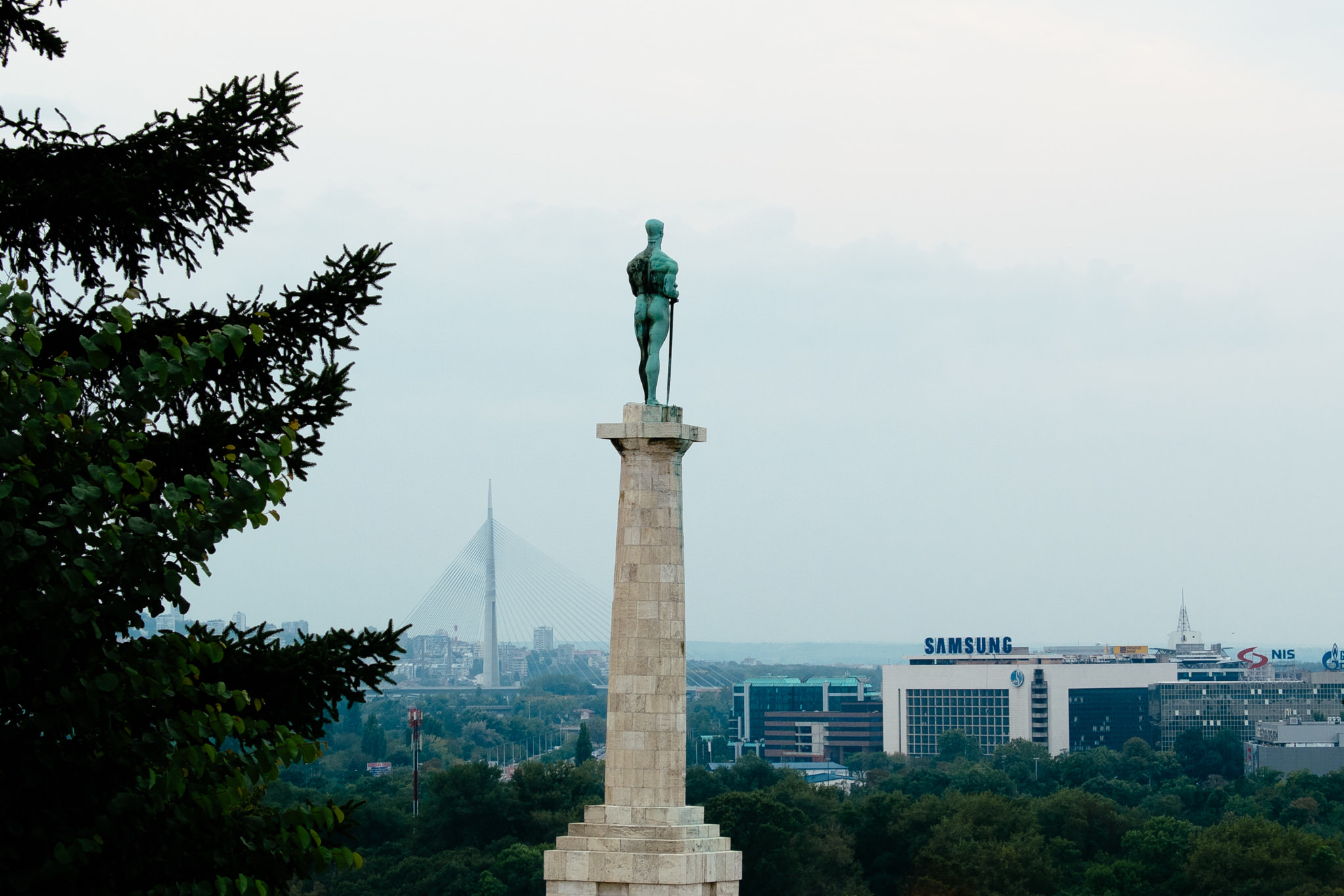In the centre of the Balkan Peninsula lies the Republic of Serbia. The country borders nine countries and has about 7 million inhabitants. One seventh of them live in the capital Belgrade.
Serbia’s recent history is marked by Yugoslavia.
After the Second World War, in 1945, when Josip Broz Titos won the elections, the Federal People’s Republic of Yugoslavia (Federativna Narodna Republika Jugoslavija) was founded. The People’s Republic of Serbia (Narodna Republika Srbija) was one of the six republics that formed Communist Yugoslavia. From 1963 the name Socialist Federal Republic of Yugoslavia (Socijalistička Federativna Republika Jugoslavija) was used.
The Federation of Yugoslavia broke up into its individual states in the 1990s, Serbia and Montenegro formed the Federal Republic of Yugoslavia, which was transformed into the State Union of Serbia and Montenegro in 2003. This alliance was dissolved in 2006 and since then both states are independent of each other.
Serbian cuisine is strongly influenced by the history of the country. There are many connections to other republics of Yugoslavia, but also influences from Greece, Turkey and Austrian and Hungarian cuisine.
The classic national dish are the ćevapčići, grilled minced meat in oblong form. The traditional national drink is Šljivovica. This high-proof drink is made from plums and is not drunk as an aperitif before a meal, but is also served on festive occasions.
To produce enough it needs many plums, so it is not surprising that it ranks third in the world production. Around 463.000 tonnes of plums are produced in Serbia every year, and only in China and Romania do more fruit grow.
Most surnames in Serbia have the suffix “-ić”. It is assumed that two-thirds of the last names end with these suffixes. The top three names in Serbia all have it, Jovanović, Petrović and Nikolić.

